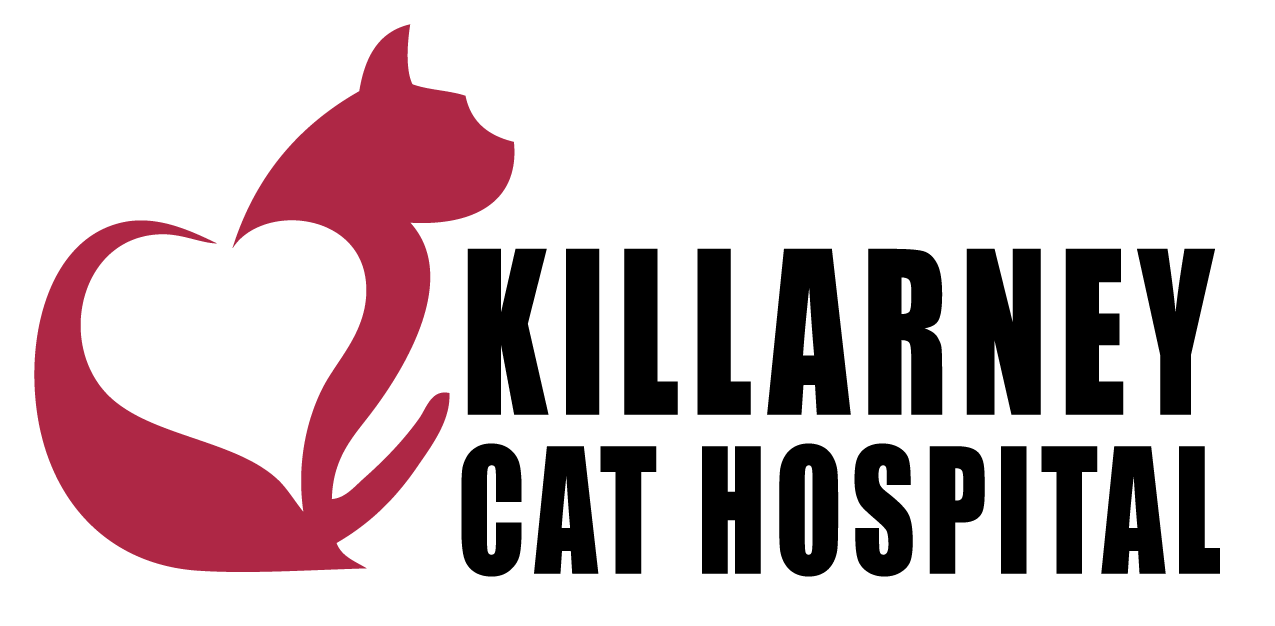Hernias are uncommon in cats but do occur occasionally. They can occur naturally or as a result of trauma. The naturally occurring hernias are umbilical or inguinal.
Umbilical hernias result from a weakness in the abdominal muscle wall at the site of the umbilicus (belly button) and are noticed as a swelling below the skin at the site of the umbilicus. The swelling results because the contents of the abdomen, usually a loop of intestines or some fat, are able to escape from the abdominal cavity and lie under the skin at the site of the hernia.
Inguinal hernias are most common in males because there is a natural weak spot in the abdominal wall where the testes pass through it into the scrotum during the developmental stage. They are similar to umbilical hernias in that loops of bowel or fat may escape the abdomen and be found as a soft swelling in the inguinal region.
There are serious complications that can arise from these hernias. If the loop of bowel or fat becomes twisted it can result in interference with the blood supply to the affected tissue (incarceration) which could then become necrotic (tissue death). This can be life threatening and requires immediate surgical repair.
Hernias caused by trauma can result in damage to the abdominal wall or the diaphragm.
Traumatic abdominal wall hernias happen because rupture of the muscles of the abdominal wall allow the abdominal organs, usually intestines and fat, to escape the abdomen so they lie under the skin. This can happen at any point on the abdominal wall and requires surgical repair.
Diaphragmatic hernias happen because of a tear in the diaphragm which is the muscular sheet that separates the abdomen from the thoracic (chest) cavity. This allows the liver and intestines to escape the abdomen into the thoracic cavity. This results in collapse of some lung tissue and the patient usually displays difficulty in breathing. A diaphragmatic hernia can only be diagnosed with an X – Ray which shows liver and intestines lying in the thoracic cavity and partially collapsed lungs. This is a life threatening injury and requires a potentially risky difficult surgery to repair it.




